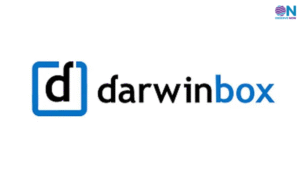Indias Tax Dilemma: Old vs. New Regime Takes Center Stage Again

New Delhi: India witnessed yet another debate on tax regimes as Finance Minister Nirmala Sitharaman presented the Interim Union Budget 2024-2025 on February 1st. The budget announcement sparked intense discussions across income brackets, with individuals scrambling to decipher the implications of the tax regime on their financial standings.
In a country where discussions on income tax often dominate dining table conversations, the choice between the old and new tax regimes remains a crucial decision for taxpayers. With over 70 exemptions and deductions available under the old regime, including popular ones like HRA and LTA, taxpayers have historically relied on these to lower their taxable income and reduce their tax burdens.
The introduction of the new tax regime in Budget 2020 aimed to simplify the tax structure by offering concessional tax rates. However, the trade-off was significant – taxpayers opting for the new regime would forfeit several exemptions and deductions, such as HRA, LTA, and Section 80C benefits. Consequently, the new regime failed to attract many takers, despite its revised tax slabs and concessions.
Budget 2023 attempted to address this imbalance by introducing five key changes, including a higher tax rebate limit and streamlined tax slabs. Under the new changes, full tax rebate on incomes up to ₹7 lakhs was introduced, significantly higher than the previous threshold of ₹5 lakhs. Additionally, the revised tax slabs aimed to offer more equitable taxation across income levels.
Despite these efforts, no changes were made in direct taxes in the Interim Budget 2024-2025, leaving taxpayers with the same options as the previous fiscal year. Consequently, individuals continue to grapple with the decision of choosing between the old and new tax regimes and by comparing eligible deductions and exemptions under the old regime with the breakeven threshold, individuals can make an informed choice based on their financial circumstances.
The debate between the old and new tax regimes extends beyond mere numbers. It reflects broader questions of financial planning, savings culture, and administrative efficiency. While the old regime incentivizes savings and investment, the new regime prioritizes simplicity and transparency, potentially reducing opportunities for tax evasion.
The choice between the old and new tax regimes is not just a matter of numbers but a reflection of individual financial goals and preferences. As taxpayers navigate through the complexities of the tax system, informed decision-making remains paramount in securing their financial future.
















